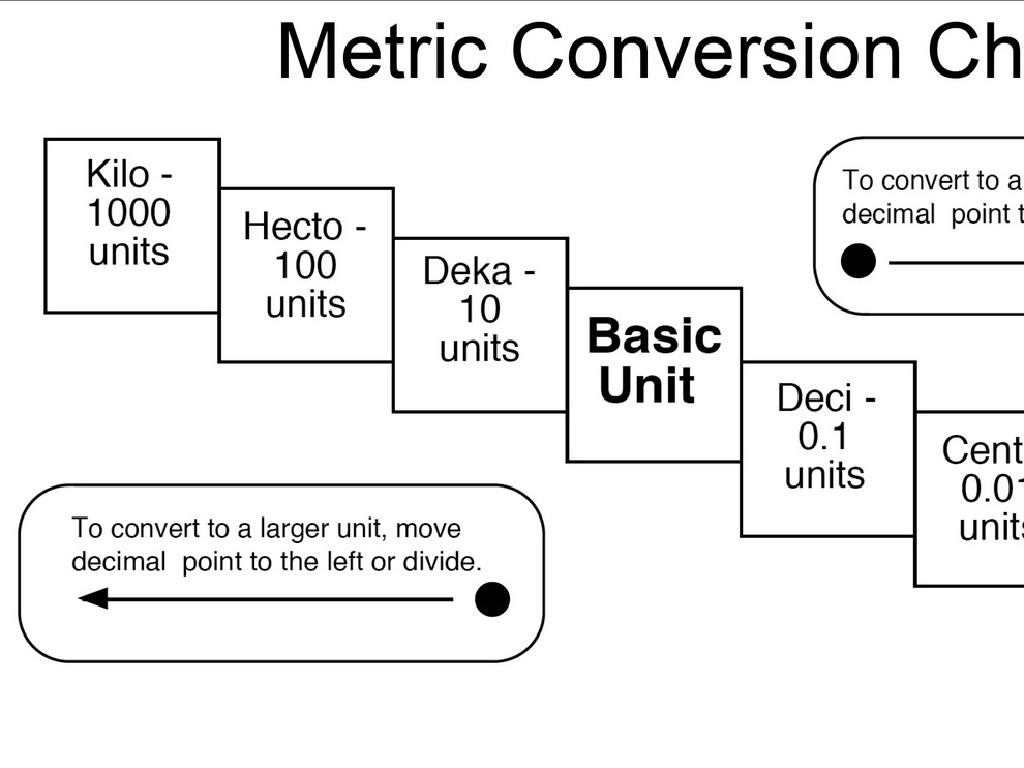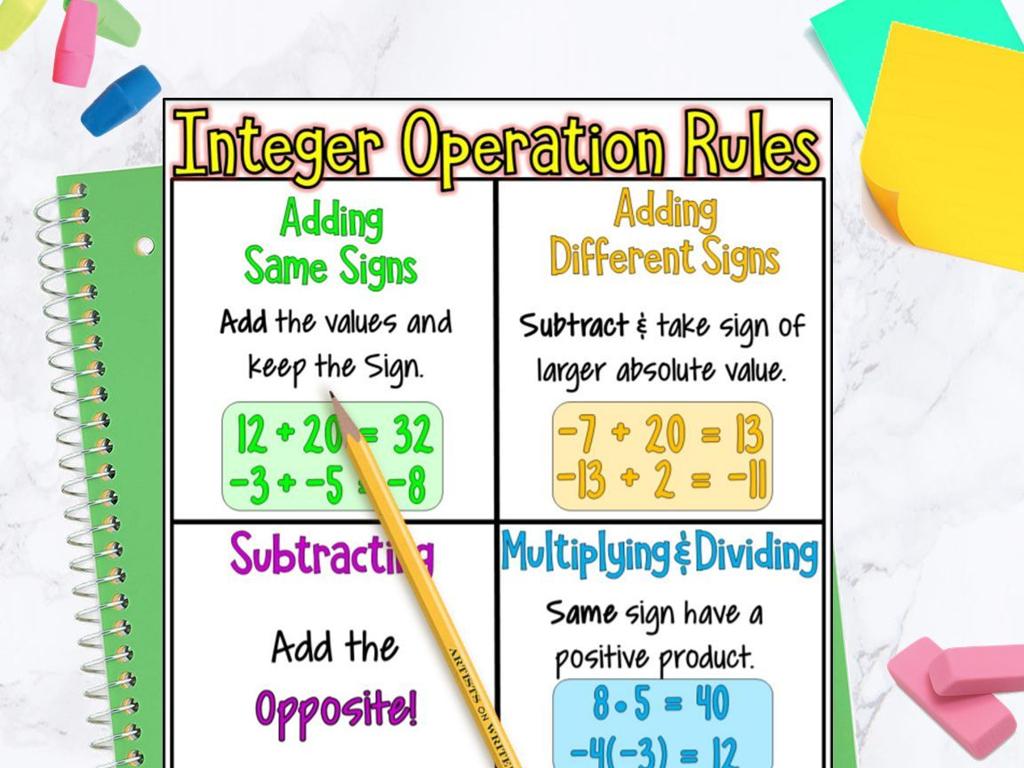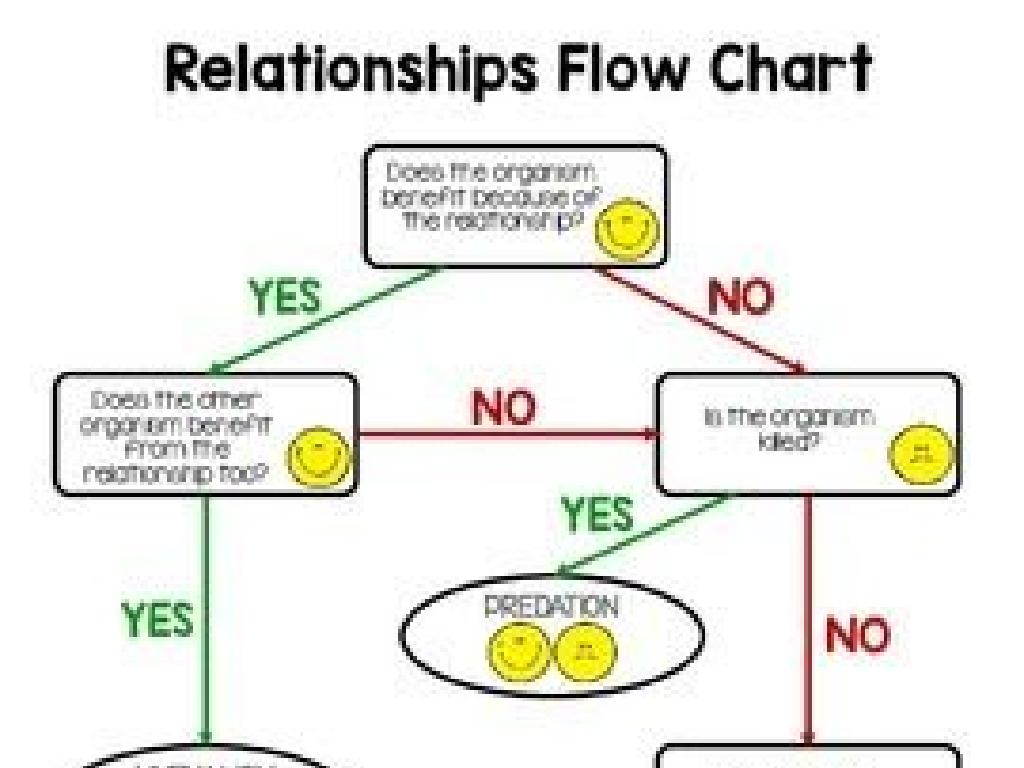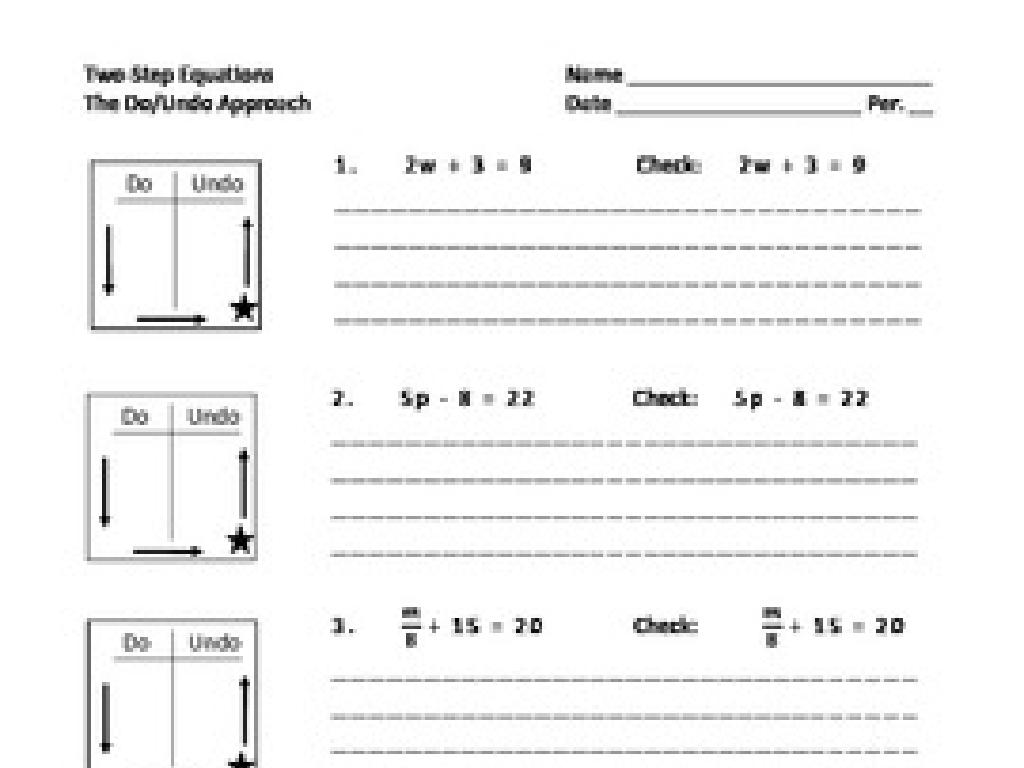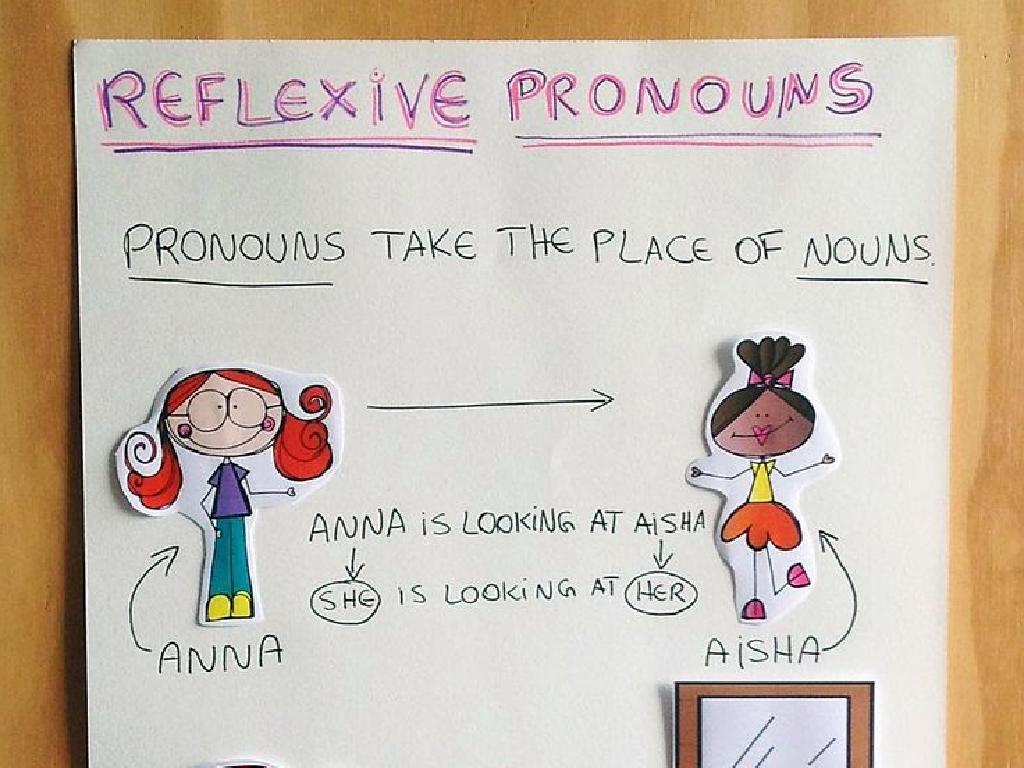Order Fractions
Subject: Math
Grade: Third grade
Topic: Compare Fractions In Recipes
Please LOG IN to download the presentation. Access is available to registered users only.
View More Content
Introduction to Fractions
– What is a Fraction?
– A fraction represents a part of a whole.
– Numerator and Denominator
– Top number is the numerator, bottom is the denominator.
– Fractions in daily life
– Like slices of pie, each piece is a fraction of the pie.
– Visualizing fractions with pie
– Imagine cutting a pie into equal slices, each slice is a fraction.
|
Begin the lesson by explaining that a fraction is a way to represent a part of a whole, using the example of a pie to make it more relatable. Clarify that the numerator (the top number) indicates how many parts we have, while the denominator (the bottom number) shows how many equal parts the whole is divided into. Use real-life examples, such as slices of pie, to help students see fractions in things they encounter every day. To visualize this concept, you could bring in a pie or use a drawing to show how it can be cut into equal pieces, with each piece representing a fraction of the whole pie. This will help students understand how fractions are both written and represented visually.
Comparing Fractions in Recipes
– Understanding fraction comparison
– Comparing fractions means deciding which is larger or if they’re equal.
– Symbols: >, ) means more, less than (<) means less, equal (=) means the same.
– Compare like denominators
– Like denominators: 1/4 < 3/4 because 1 is less than 3.
– Practice with recipe fractions
– Use fractions from recipes to see which ingredient you need more of.
|
This slide introduces the concept of comparing fractions, an essential skill in understanding parts of a whole. Start by explaining that comparing fractions helps us understand the size of different parts. Introduce the symbols for greater than, less than, and equal to, and explain their meaning. Provide examples of fractions with the same denominators, such as pieces of fruit in a fruit salad, to illustrate which fraction represents a larger or smaller part. Encourage students to think of fractions in terms of ingredients in recipes, which can make the concept more tangible and relevant. For instance, if one recipe calls for 1/4 cup of sugar and another for 3/4 cup, they can determine that the second recipe is sweeter. This practical application helps solidify their understanding of comparing fractions.
Ordering Fractions: From Smallest to Largest
– Steps to order fractions
– First, compare denominators, then numerators.
– Use a number line for help
– A number line shows fractions in a visual way.
– Practice with same denominators
– Fractions like 1/4, 2/4, 3/4 are easier to order.
– Why ordering is important
|
This slide introduces students to the concept of ordering fractions. Start by explaining that fractions represent parts of a whole and can be compared by size. Teach them to first look at the denominators to determine if they are the same. If so, they can then compare the numerators directly. Introduce the number line as a tool to visualize and compare the size of fractions. Practice with fractions that have the same denominator to simplify the concept. Emphasize the importance of ordering fractions in real-life situations, such as cooking, where ingredients need to be measured and compared. Encourage students to practice by using examples from everyday life, such as comparing slices of pizza or amounts of juice in different cups.
Fractions in Recipes: Measuring Ingredients
– Fractions in cooking
– Fractions tell us how much of an ingredient to use.
– Learn half, third, quarter
– A half (1/2) is like splitting an apple into 2 pieces, a third (1/3) into 3, and a quarter (1/4) into 4.
– Compare fractions in recipes
– Is 1/2 more than 1/4 of sugar? Let’s find out!
– Which recipe uses more?
|
This slide introduces students to the concept of using fractions in everyday life, specifically in cooking. Start by explaining how fractions are used to measure ingredients in recipes. Use visual aids like measuring cups filled to the half, third, and quarter marks to help students understand these common fractions. Then, engage the students in comparing different fractions to determine which recipe requires more or less of an ingredient. This will help them grasp the concept of comparing sizes of fractions in a practical context. Encourage the students to think of their favorite recipes and the fractions used in them.
Ordering Fractions in Recipes
– Practice ordering fractions
– Learn to order fractions with different denominators
– Compare ingredients in recipes
– Use recipes to see which has more or less of something
– Determine most or least ingredient
– Which is more, 1/2 cup or 1/4 cup of sugar?
– Example: Comparing sugar amounts
|
This slide is aimed at helping third-grade students understand how to order fractions by comparing different amounts of ingredients in recipes. Start by explaining that fractions with larger denominators don’t always mean a larger amount. Use visual aids to show how 1/2 is larger than 1/4. Then, apply this knowledge to practical examples like measuring sugar for recipes. Ask students which recipe would be sweeter, one with 1/2 cup of sugar or one with 1/4 cup? This concrete example helps students grasp the concept of ordering fractions in a fun and relatable way. Encourage students to think of other ingredients and recipes they could compare.
Class Activity: Fraction Recipe Challenge
– Pair up and order recipe fractions
– Measure ingredients with fraction cups
– Use 1/2 cup, 1/4 cup, and 1/3 cup measures
– Create your own fraction recipe
– Combine ingredients to make a simple dish
– Present and explain your recipe order
– Explain why you put the fractions in that order
|
This interactive activity is designed to help students understand the concept of ordering fractions in a fun and practical way. By working in pairs, students will engage with each other to arrange fractions from recipe cards in the correct order. They will then use measuring cups marked with fractions to measure ingredients for their own recipes, reinforcing their understanding of fraction sizes and equivalence. After creating their recipes, students will share their creations with the class and explain the reasoning behind the order of their fractions. This will not only solidify their grasp of the concept but also enhance their communication skills. Possible recipes could include fruit salads, trail mix, or simple sandwiches. Ensure that all students participate and understand the activity, and provide assistance as needed.

